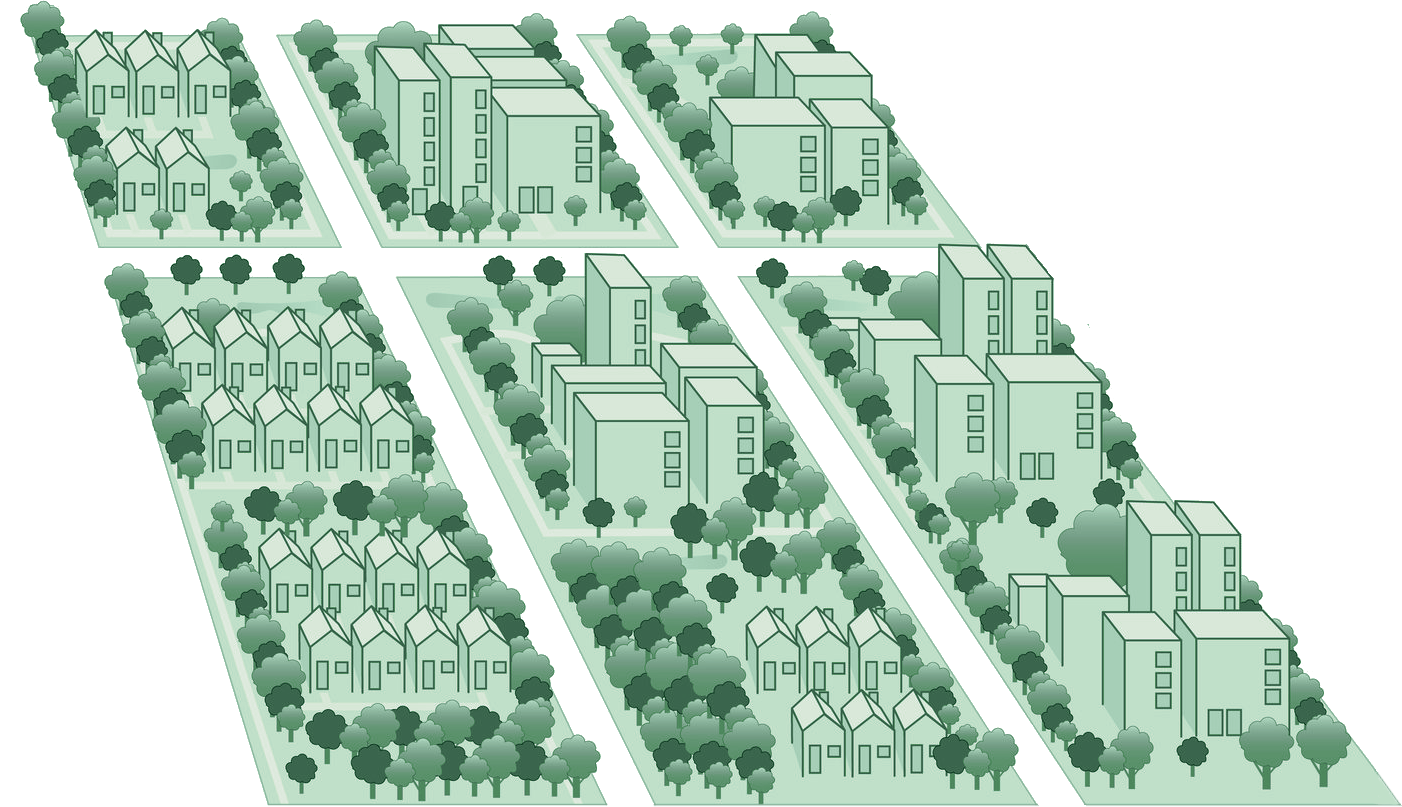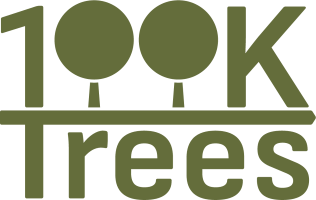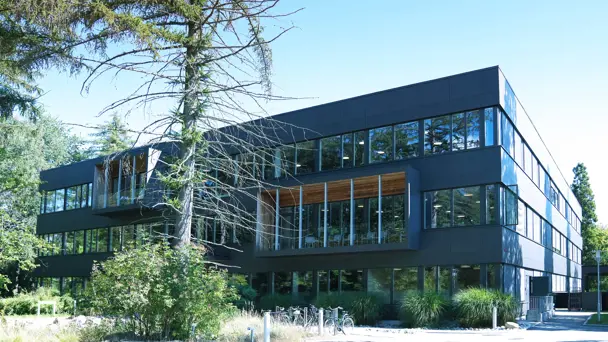Most of us live in cities, even though cities are not the healthiest places due to poor air quality, noisy surroundings and lack of recreational spaces.
Many cities have few green areas and consist of too much ‘concrete jungle’ which makes for a harsh environment for all living things. With the changing climate, the weather is expected to become more extreme.
One such effect will be urban heat islands, which will be even more profound, with heatwaves expected to increase 3 to 10-fold by 2080 depending on the climate scenario.

Encouraging municipalities to plant more trees
Tree planting is a well-recognised, relatively cheap and efficient measure for cities to adapt to future climatic challenges.
Air quality
Additional trees in urban areas can lead to improvements in air quality (PM2.5 and NOX) and reduction in respiratory diseases.
Carbon sequestration
Efficient and cost-effective absorption of CO2 from the atmosphere, increasing carbon sequestration in urban areas.
Heat islands
Cooling effect in summer heat waves and contributing to reduction in energy expenditure (for air conditioning).
Urban biodiversity
Improvement in urban biodiversity by increasing the number of species that thrive in urban eco-systems.
Pluvial flooding
Through water absorption of the soil and tree roots, the risk of pluvial flooding can also be diminished.
Noise levels
Abatement of excessive background and traffic noise in urban environment to improve quality of life.
News & Events
Read the 100KTREES newsletter #5
The fifth issue of the 100KTREEs Newsletter is on-line.
Fourth progress meeting of 100KTREEs
The Month 30 Progress Meeting was successfully held in Hørsholm, Denmark, on 11th June 2025. Consortium partners gathered to review the current status of the project, assess progress against planned milestones, and align on the next steps for the upcoming reporting period.
100KTREES newsletter
The third issue of the 100KTREEs Newsletter is on-line



